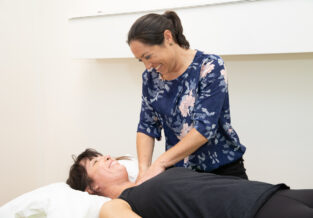Exercise, Recovery & the Menstrual Cycle
Published on
13 Oct 2023
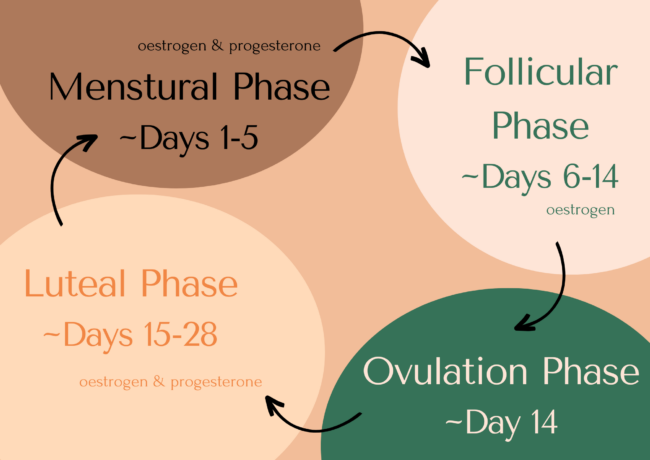

Written by
Chee Yan Ting
Senior Physiotherapist
Call us on: (03) 9975 4133
Have you noticed that your energy levels and recovery varies throughout the month? Maybe you feel stronger on certain days than others, or perhaps you lose motivation to go to the gym and feel low on energy on other days. This may be due to where you are in your cycle as the shift in hormone levels impacts your strength, flexibility and recovery.
Have you noticed that your energy levels and recovery varies throughout the month?
Maybe you feel stronger on certain days than others, or perhaps you lose motivation to go to the gym and feel low on energy on other days. This may be due to where you are in your cycle as the shift in hormone levels impacts your strength, flexibility and recovery.
Understanding the Menstrual Cycle:
The Menstrual Cycle is typically divided into four phases: Menstruation, the Follicular Phase, Ovulation, and the Luteal Phase. Each of these phases are associated with hormonal changes that can influence your body’s response to exercise and injury susceptibility.
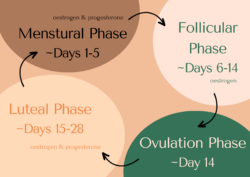
Menstural Phase (Days 1-5)
During Menstruation, oestrogen and progesterone levels are at their lowest. Many women experience fatigue, cramps, and bloating during this time, which can affect motivation to exercise. However, light to moderate exercise can help alleviate some of these symptoms. Opt for gentle activities like yoga, walking, or swimming to stay active and relieve discomfort.
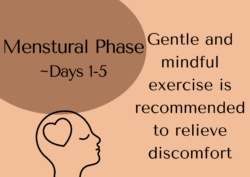
Follicular Phase (Days 6-14)
Oestrogen levels begin to rise during the Follicular Phase, leading to increased energy levels and improved mood. This is an ideal time to engage in more intense workouts, strength training, and cardiovascular exercises. Your body is better equipped to build muscle and improve endurance during this phase, making it an excellent time for challenging workouts.
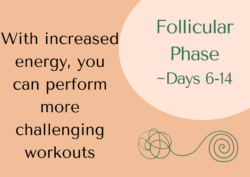
Ovulation Phase (~Day 14)
Ovulation marks the midpoint of your cycle when oestrogen levels peak. You may feel at your physical best during this time.
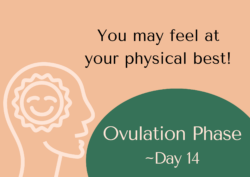
Luteal Phase (Days 15-28)
During the Luteal Phase, oestrogen drops, and progesterone levels rise. This can lead to increased fatigue. While it’s still a good time for exercise, consider incorporating more restorative activities. Focus on injury prevention by paying close attention to your form and avoiding exercises that may strain you.
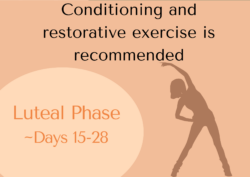
I hope you now understand the basics of a menstrual cycle and its relation to exercise and recovery. Remember that everyone’s menstrual cycle is different, so understanding your own menstrual cycle is an invaluable tool. By tuning into your body’s natural rhythms and making adjustments accordingly, you can maintain a consistent workout schedule and reduce the risk of injury.
About the Author
Chee Yan Ting — Senior Physiotherapist
Chee has a wealth of experience and is particularly adept at helping clients with long-standing neck pain, shoulder rehabilitation as well as management of acute knee and ankle injuries. Chee is a qualified ski instructor with a passion for treating winter sport injuries.

